The word ‘transparency’ is often utilized when characterizing the attributes of a good organization or perhaps as a component of integrity. Transparency was certainly a part of what was important for us in our police department in Longmont, but what really helped us emotionally connect with our community was our evolving vulnerability.
I think back to those early days of first becoming a police chief and the meetings with citizens in the community, the media, representatives from other organizations, and our own staff. Almost to the person, people expressed a variety of feelings and responses during our conversations – being left out, dismissed, overlooked, not valued, untrusted, uninformed, voiceless, and, in many cases, people expressed a sense of helplessness and hopelessness. Many of these meetings were quite painful as people recounted singular but similar stories where they believed and felt they did not belong.
Needless to say, it was apparent our police department was severely disconnected from our community and was quite fragmented within. These initial meetings with people confirmed a need for our police department to bring about a necessary healing-like mindset. And part of the healing required us to become more vulnerable and authentic. How did we do it?
Below is a list of how citizens were invited and agreed to become part of numerous initiatives.
- Long range strategic planning, which included local high school students
- Long range strategic plan strategy implementation, which included high school students
- Hiring of police officers, which included local high school students
- Promotion processes
- Internal disciplinary process – citizens were highly engaged in the oversight of disciplinary investigations. Ultra-sensitive and complex.
- Staff meetings – citizens were invited to regularly participate in department-wide meetings.
- Policy and procedure development or amendments
- SOMOS – in Spanish this means “we are.” This was a process facilitated by people in our community to resolve disputes between citizens and police officers.
- Restorative justice – citizens, including high school students, facilitated the necessary conversations to resolve harm (crime) between victims and offenders.
- Citizens on patrol – at the request of members of our community, a citizen group was formed to perform several functions formerly and exclusively performed by police officers.
- Citizens in investigations – at the request of members of our community, citizens would assist in investigating certain crimes.
- Citizens participated in the development and implementation of our ongoing training.
- Citizens in parking patrol – citizens would proactively look for those who illegally parked in handicapped parking spots. Again, this was an idea that emerged from community members.
- Citizens assisted public safety in supporting those in the community who were struggling with their mental health or addiction.
- Citizens were a big part of many administrative assignments including their welcomed expertise with IT functions.
- A group of clergy from all religions (Judaism, Islam, Christianity) provided support for our public safety staff.
- Citizens provided support for victims of crime.
Over the years, thousands of citizens had a front row seat to our humanness, our frailties, our imperfections, our dedication, our compassion, our skills, and the complexity of our service as they offered their personal expertise, time, and resources. Their work was much more than a mere shadow of the substance of the work our police department performed; it was of great value to our community. It was through these tens of thousands of personal interactions and all the new relationships that formed over the years that our own vulnerability took root.

